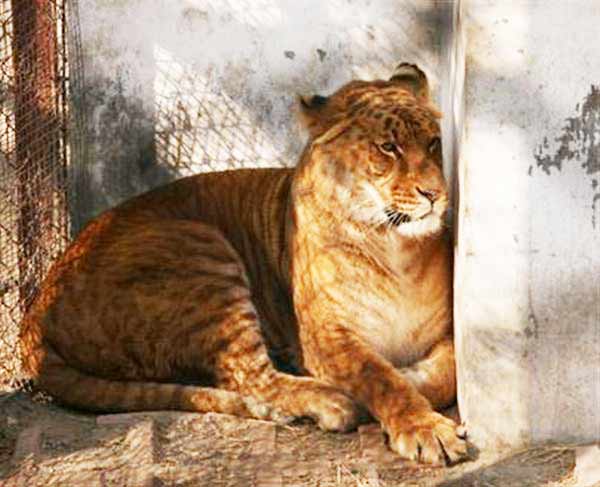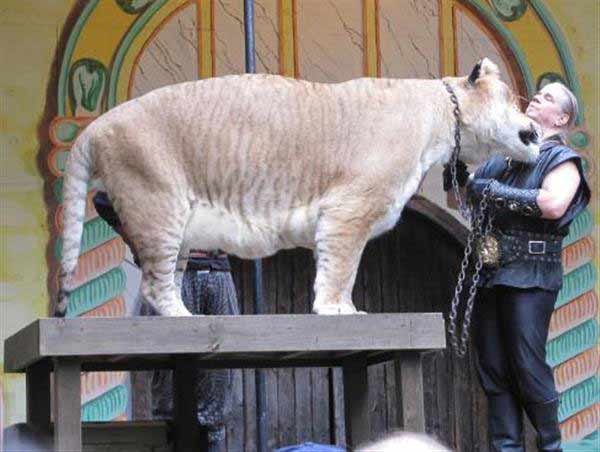Ligers Genetics
According to the biological studies, each mammal (including big cats and ligers) species has two copies of genes. One copy is inherited from the father, while the other copy is inherited from the mother. Usually they are also termed as Chromosome X and Chromosome Y. In the case of the ligers the X chromosomes comes from the lion, whereas; the Y chromosomes come from the female tiger.

Ligers can be related with Genomic Imprinting as well, but that may not be the correct case to describe the ligers. When we are talking about Genomic Imprinting, we mean that in some cases, a mammal inherits only one gene which comes under the context of the genomic imprinting. Among the mammals, genomic imprinting is less than 1 percent. Therefore, there is a very little chance of genomic imprinting to occur. Genomic imprinting can happen among the hybrid animals as well, but this percentage can be assumed as similar to that of happening in the true species themselves.

The same concept is true about the ligers as well. They do not result from the genomic imprinting but they carry chromosomes of both the tiger and lions. Ligers have chromosomes from the father's side, and the other chromosome from the mother's side. In simple words they are from male African lion and from the female tiger to produce a liger. This distribution of the chromosomes among the ligers gives them a trait of stripes of tiger and lion like physique. Some studies state that hybrids have incomplete chromosomes. This can only be possible if the male and females have different numbers of chromosomes.

A liger comprises of a total of 38 chromosomes. 19 of these chromosomes come from the lion (the father of the liger), whereas; 19 of other chromosomes come from the tiger (the mother of the liger). These two mixture of chromosomes provide a blend of lion and tiger attributes to the liger. There are equal chances a liger may have positively desired attributes as well as negatively desired attributes by the breeders. Experts believe that a liger acquires a blend of tigeristic characteristics and lion characteristics which are both desirable as they are less aggressive, more agile, and highly responsive to the trainers. (Specific Conclusions of Bhagavan Antle).

A lot of yet to be discovered about ligers from a genetics perspective. There has been very little samples of ligers. Ligers behavior have only been studied to a very little extent so far. It will be a matter of time that a lot of research will be carried out on these animals and then these animals will be genetically more aware by the individuals.

